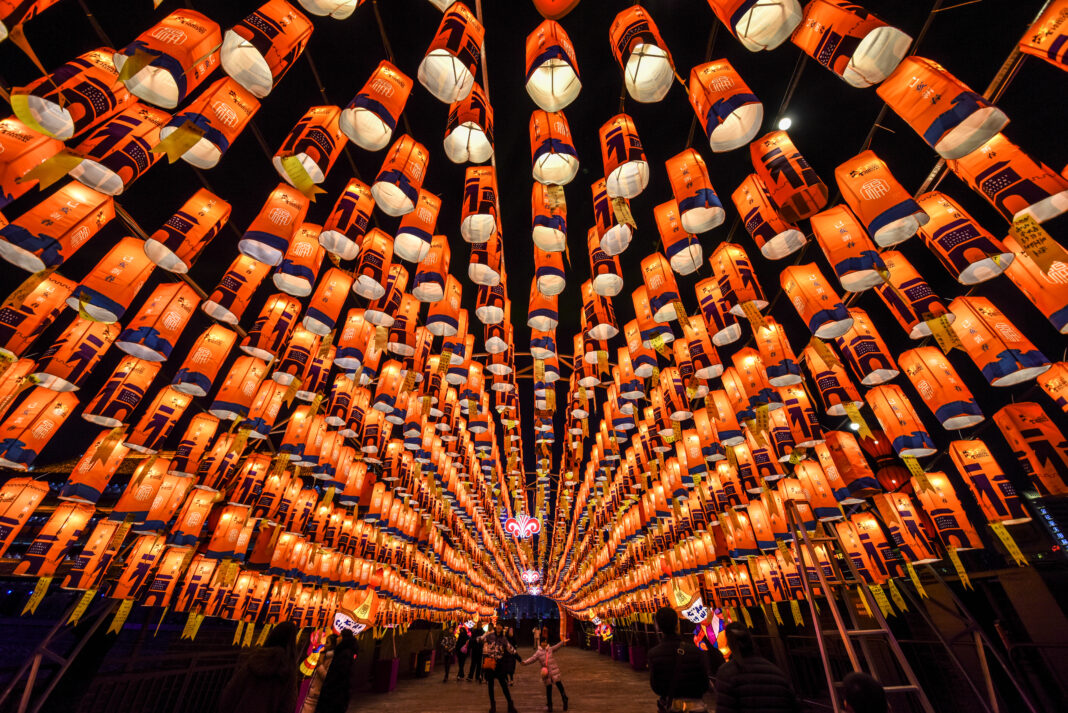The growing relationship between China and the developing world is creating a parallel globalisation animated by those countries that are not included in the western-led one
According to a forecast by the United Nations Population Division, in 2100 eight people out of ten will live in Asia and Africa. This trend will surely have deep implications for the international system and the status quo. Actually, those implications are already tangible. They are well represented by the growing relationship between China and the Global South, which is contributing to the creation of a new and parallel globalisation labelled as “globalisation from below” or “non-hegemonic globalisation”. It contrasts with the neoliberal globalisation (or “hegemonic globalisation”), which is shaped by and for the western powers and governed by international institutions such as the World Bank, the IMF and the WTO. On the contrary, the “globalisation from below” is associated with the developing world which represents the largest share of the population. Also in this context, there is an international flow of people, goods and capital; the agents involved in it desire to be just as successful as the agents who operate in the neoliberal globalisation.
In this parallel scenario, the central actor is China, which increasingly represents a model of development for many countries of the Global South and an increasingly important economic and political partner for them. The role of Beijing as a central hub and driving force of an alternative form of globalisation is today a discussed topic in the academic debate. The Belt and Road Initiative (BRI), for example, represents a concrete example of it: the initiative is considered part of the Chinese foreign policy action to assert its own way of globalisation, with different standards from the West and different values, closer to Beijing. These two systems will be characterised by a specific network of friendly countries, infrastructures, different standards and institutions. It is not by chance that the largest share of the countries involved in the Chinese project are developing countries. If the “globalisation from above” has its own institutions (WB, IMF, WTO), which are mainly governed by the priorities of Washington and western countries, China with the BRI is also pushing its own multilateral institutions to the international stage. The Asian Infrastructure Investment Bank (AIIB), aimed at addressing the infrastructure needs across Asia and elsewhere, represents the perfect example of Chinese ambitions with respect to global governance; it is an alternative to the Bretton Woods institutions with China being its largest shareholder. Beijing wants to position itself as a reference for that part of the world which decides to embrace its version of globalisation.
The “globalisation from below”
A practical example of the “globalisation from below” is the city of Guangzhou, in southern China. The city is the New York of the developing world and it represents a prototype of a truly global city which attracts different entrepreneurs from all over the Global South, especially from Africa. In Guangzhou Africans make up the largest part of the foreign entrepreneurs in the city, they are from Nigeria, Ghana, Kenya, and Somalia running factories, logistic services, and other companies that are real globally connected businesses. The city has become an emblematic example of the “globalisation from below” and so the perfect place in the world to investigate it. It is a city that expresses a world that is changing, a world where China is taken as a reference for modernity and development, and where developing countries and their entrepreneurs are considered on a more equal basis.
It appears that the world is again splitting into different sides: on one side there is the West, still driven by the United States; on the other side, there is a new and growing block of countries which are starting to look at China as a new hegemonic power. While the Chinese raise represents a threat to the hegemony of the West, for many countries of the Global South it might represent an additional opportunity for development and integration into the global economy.
According to a forecast by the United Nations Population Division, in 2100 eight people out of ten will live in Asia and Africa. This trend will surely have deep implications for the international system and the status quo. Actually, those implications are already tangible. They are well represented by the growing relationship between China and the Global South, which is contributing to the creation of a new and parallel globalisation labelled as “globalisation from below” or “non-hegemonic globalisation”. It contrasts with the neoliberal globalisation (or “hegemonic globalisation”), which is shaped by and for the western powers and governed by international institutions such as the World Bank, the IMF and the WTO. On the contrary, the “globalisation from below” is associated with the developing world which represents the largest share of the population. Also in this context, there is an international flow of people, goods and capital; the agents involved in it desire to be just as successful as the agents who operate in the neoliberal globalisation.
In this parallel scenario, the central actor is China, which increasingly represents a model of development for many countries of the Global South and an increasingly important economic and political partner for them. The role of Beijing as a central hub and driving force of an alternative form of globalisation is today a discussed topic in the academic debate. The Belt and Road Initiative (BRI), for example, represents a concrete example of it: the initiative is considered part of the Chinese foreign policy action to assert its own way of globalisation, with different standards from the West and different values, closer to Beijing. These two systems will be characterised by a specific network of friendly countries, infrastructures, different standards and institutions. It is not by chance that the largest share of the countries involved in the Chinese project are developing countries. If the “globalisation from above” has its own institutions (WB, IMF, WTO), which are mainly governed by the priorities of Washington and western countries, China with the BRI is also pushing its own multilateral institutions to the international stage. The Asian Infrastructure Investment Bank (AIIB), aimed at addressing the infrastructure needs across Asia and elsewhere, represents the perfect example of Chinese ambitions with respect to global governance; it is an alternative to the Bretton Woods institutions with China being its largest shareholder. Beijing wants to position itself as a reference for that part of the world which decides to embrace its version of globalisation.
The “globalisation from below”
This content if for our subscribers
Subscribe for 1 year and gain unlimited access to all content on
eastwest.eu plus both the digital and the hard copy of the geopolitical magazine
Subscribe now €45
Gain 1 year of unlimited access to only the website and digital magazine
Subscribe now €20




